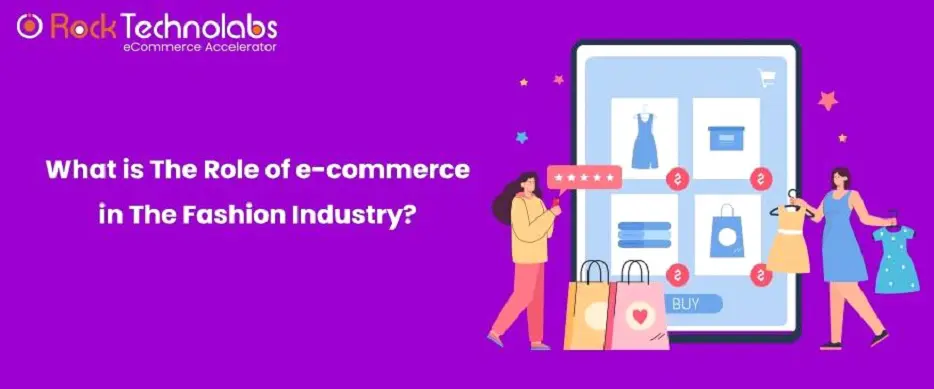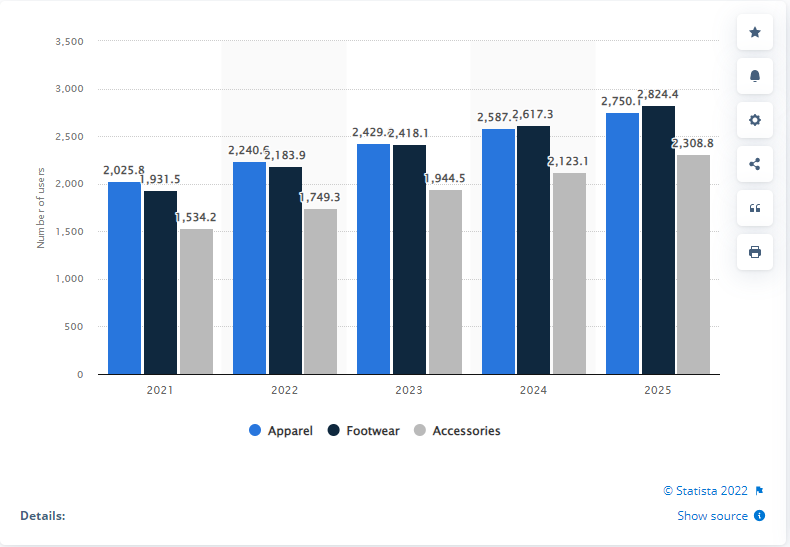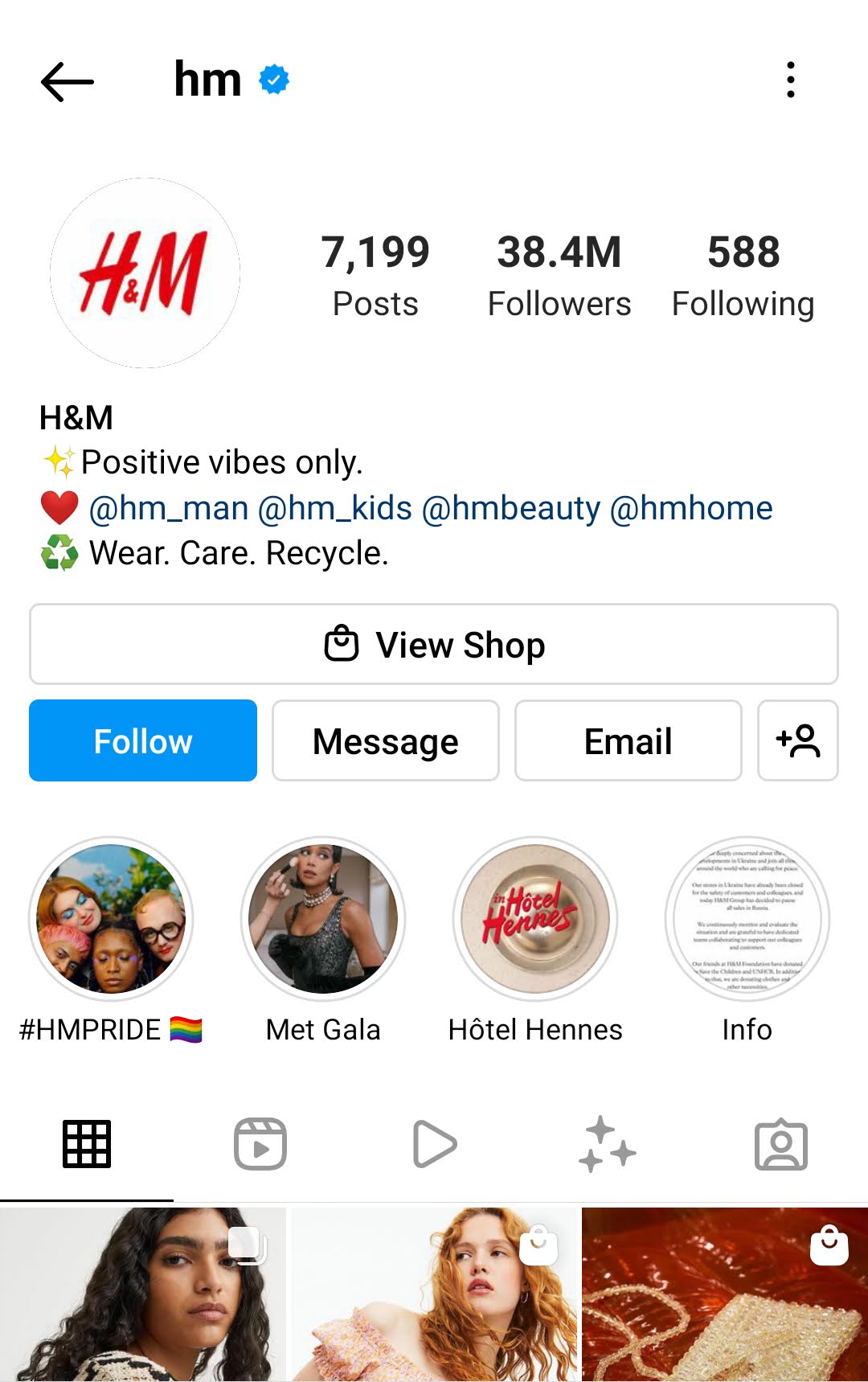What is the Role of e-commerce in the Fashion Industry?

eCommerce Fashion industry is among the most important industries in the world and it accounts for a substantial share of the global economy. It is evident that eCommerce is growing rapidly after the pandemic. Every day more businesses are going digital and the competition in the niche markets is rising too.
The tremendous growth of the fashion industry is a surprise yet a cause of happiness to many. With the advancement of eCommerce, the fashion industry has received a major growth and boost in sales. The booming retail businesses are focused on exploring trends to increase revenues and methods to acquire leads.
Rising globalization, digital innovation, and changes in consumer spending habits have catapulted the fashion industry into the midst of seismic shifts. To explore where we are and where we’re heading, this article takes a detailed look at – the statistics, importance shaping the ecommerce fashion industry in 2022 and beyond.
Importance of e-commerce in the fashion industry
Fashion eCommerce refers to the buy and sell transactions of custom fashion boxes for clothing and apparel products online, specifically through eCommerce platforms.
Because of this growth in the fashion industry eCommerce has created a livelihood for a lot of people and has made this one of the most popular professions among sellers, fashion designers, manufacturers, and retailers.
E-Commerce has grown and has such importance among retailers and customers because of all the advantages it offers to shoppers and sellers. It is especially relevant in the current scenario of the pandemic when there are nationwide lockdowns.
Let’s go through some of the stats to know the place of e-commerce in the fashion industry:
- With a global market value of $759.5 billion, the business of fashion is more than big; it’s the biggest of the big!
- As per Statista, the market is expected to grow further at 9.1% per year and reach a total market size of US$1.164,7 billion by the end of 2025.
- According to Myntra, Fashion eCommerce in India will reach $30 billion in the next five years. This means that almost one-third of fashion in India in the next five years will be sold online or through digital platforms. In most fashion businesses today, the contribution of eCommerce is 10-12%.
- The Indian textile and apparel market is estimated to reach $190 Billion by 2025-26. This means a growth of more than 150% of the current market value present, which is around $75 Billion.
- Fashion online resale platforms to reach nearly $30.63 billion by 2025, growing at an estimated 24% CAGR and representing 10% of all ecommerce apparel and accessories sales.
- Flipkart is carving out a competitive edge in the fashion market and Snapdeal, another lifestyle and fashion ecommerce platform is heightening its focus on rural customers.
- Revenue is projected to reach US$0.99tn in 2022 in the Fashion segment.
If we talk about other fashion segments, apparel tends to make up the majority of what customers are purchasing online, but accessories and footwear still account for significant amounts of the online fashion market’s revenue worldwide.
The revenue of the accessories segment of the global e-commerce fashion market increased by over 75 billion U.S. dollars to around 261.5 billion dollars in 2021. And if we talk about the footwear market, then it has generated a revenue of around 122 billion dollars.

In February 2022, shein.com – the fast-fashion e-commerce website was the most visited in the fashion and apparel category globally, accounting for 2.86 percent of desktop traffic. The online site for Nike ranked second, with 1.85 percent of visits.
Current Fashion eCommerce Trends
Fashion eCommerce is constantly evolving to serve the needs of the next-gen shoppers and we’ve listed some of the Fashion eCommerce trends that are worth styling your eCommerce store around in 2022. Work into below some of the latest ecommerce trends for your long-term fashion sales strategy.
Social commerce
Across the globe, social media plays an important role in the marketing strategy of many online ecommerce fashion brands and has created a huge benchmark in the shopping scene.
From Facebook to Instagram, more and more social media channels are offering the online shopping option. Brands like H&M, ZARA, and many more fashion brands are now offering shoppable posts on Instagram and Facebook.

AR & VR
A 2018 Gartner survey, indicated that by 2020, 46% of retailers say they’re planning to deploy AR or VR solutions to meet customer experience requirements in their sales. AR and VR solutions help to offer an exciting shopping experience for customers.
eCommerce Fashion giant ASOS and ZARA found a way to connect online and offline gaps by launching their AR app. They marked their first step into Augmented Reality experiences by introducing their AR applications.

Omnichannel Strategies
Omnichannel strategies refer to creating an online brand presence on multiple platforms containing visuals, consistent messaging, and many more. Fashion retailers use omnichannel strategies, such as direct-to-consumer, click and collect concepts to offer seamless & personalized shopping experiences to customers.
Sustainability
Sustainability in ecommerce, especially in fashion industry most prominently refers to the environmental impacts of making, wearing, caring for, and the disposal of clothing. Statista’s research shows that 42% of global customers purchase sustainable and eco-friendly products.
Patagonia – an apparel brand with sustainability rooted in its brand values. Shoppers are encouraged to buy and sell used products instead of buying new ones using the Worn Wear Program by this brand.
How does an online e-commerce store help the fashion industry?
Ecommerce has many different benefits. Let’s take a look in detail at some of the top perks online ecommerce stores provide to fashion retailers:
Reach Wider Audience:
Ecommerce also makes it easier for sellers to reach new, global customers. An eCommerce website isn’t tied to a single geographic location — it’s accessible and open to any and all buyers who visit it online.
Additionally, with the added benefits of email marketing, social media advertising, and SEO, brands have the potential to reach connect with wider target audiences who are in a ready-to-buy mindset.
Lower operational costs:
Ecommerce retailers can launch stores with minimal operating costs, without a need for a physical storefront and employees to staff it. One who runs a dropshipping business can even minimize upfront investment costs.
As sales increase, brands can easily scale up their operations without hiring a large workforce or making major property investments — this means higher margins overall.
Personalized experiences:
Utilizing automation tactics and rich customer profiles, merchants can deliver highly personalized online experiences for their ecommerce customer base. Displaying relevant products based on purchase history, and browsing behavior, can lead to more sales and higher average order value (AOV) and make the buyer feel that you truly care and understand their needs.
Faster Buying Process:
Ecommerce allows customers to purchase from anywhere and at any time. That means customers can get the products they want easily without being constrained by the operating hours of a brick-and-mortar store.
This way retailers also gain profit from having new customers, quicker product selling, to creating brand awareness across various locations without having physical stores at every location.
Access to New Technologies:
When it comes to innovation sellers may find options are limited with a physical store alone. However, as ecommerce continues to grow, and improve, your offline and online business will have access to the latest technologies to grow your business and improve your business processes.
With a variety of apps and integrations at your fingertips, retailers will be able to better execute their marketing strategy, improve business workflows, and improve the overall shopping experience.
Fashion Ecommerce for Small Businesses and Entrepreneurs:
e-commerce in the fashion industry provides numerous benefits for retailers wishing to increase their client base by expanding into new markets. E-commerce provides a viable alternative to traditional physical stores, which helps minimize inventory, reduce costs, and build brand loyalty.
Even though the adoption of e-commerce may be seen as a risky investment for smaller companies that may not have the same level of resources as international larger brands, such companies can still think about implementing online platforms within their business models on a smaller scale. This will allow them to also benefit from the associated advantages that e-commerce offers and differentiate themselves from competitors.
E-commerce in the fashion industry is developing more quickly than ever.
One of the best ways to grow a fashion business online is by creating a website. With a visually stunning and user-friendly website, you can convey your business’ message in the online world and hook customers to your offline products!
Having a website is crucial for a fashion brand because it gives your brand a voice, opens up more selling opportunities, gives you a 24/7 runway, and saves you money. The exact same thing we did for RuffleButts, a US-based apparel company to know how we have developed a new website from scratch including all their requirements from the existing website to custom modules as per current trends. Read the full case study to learn more.
There are more and more customers prefer purchasing products from online stores rather than visiting physical shops. So if a business fails to have a proper online presence it certainly loses a large chunk of its market and lets the competition gain ground.
Need fully functional ecomemrce website for your fashion business? Connect with us, we can help! Check out our work for fashion ecommerce websites.


